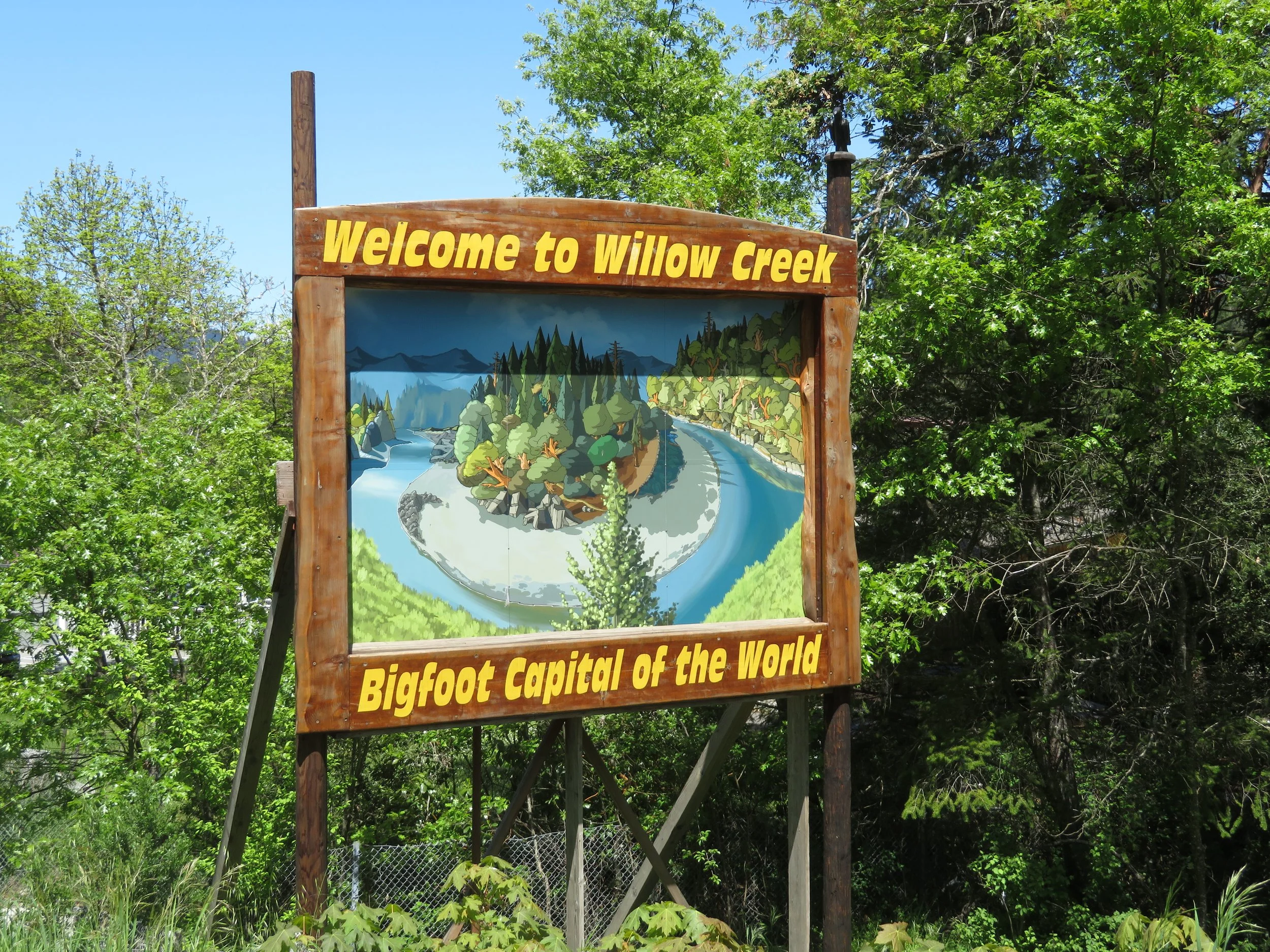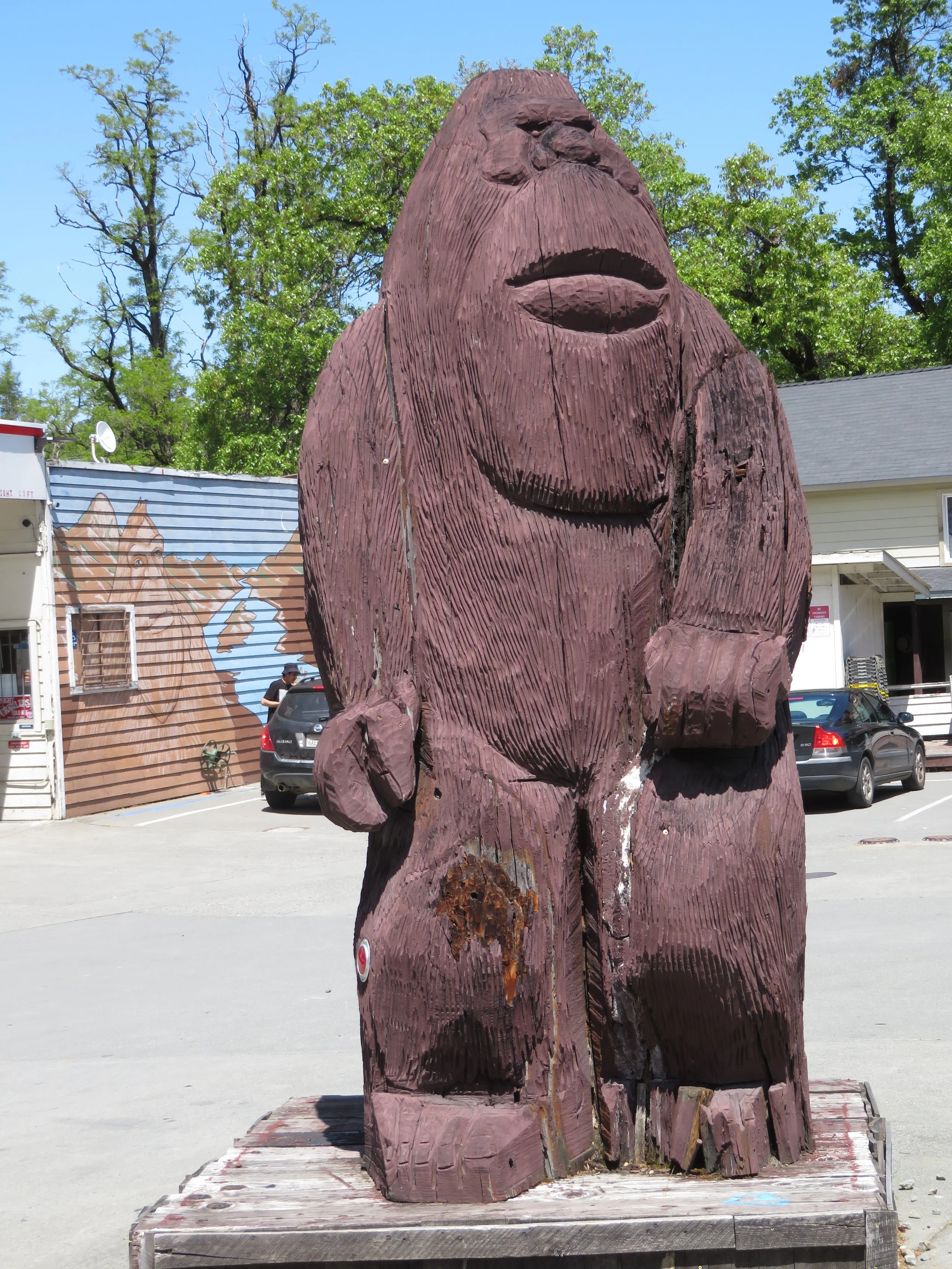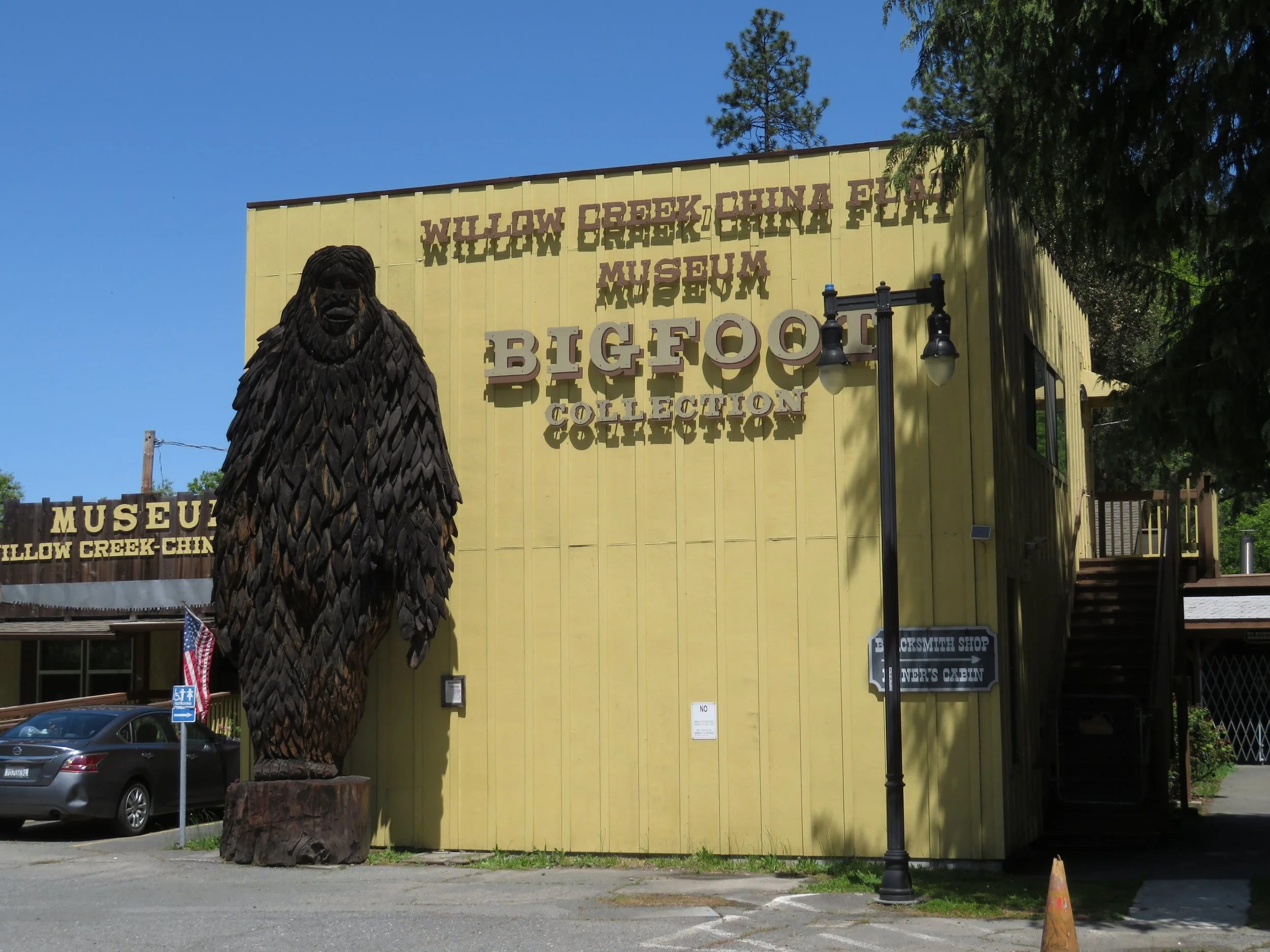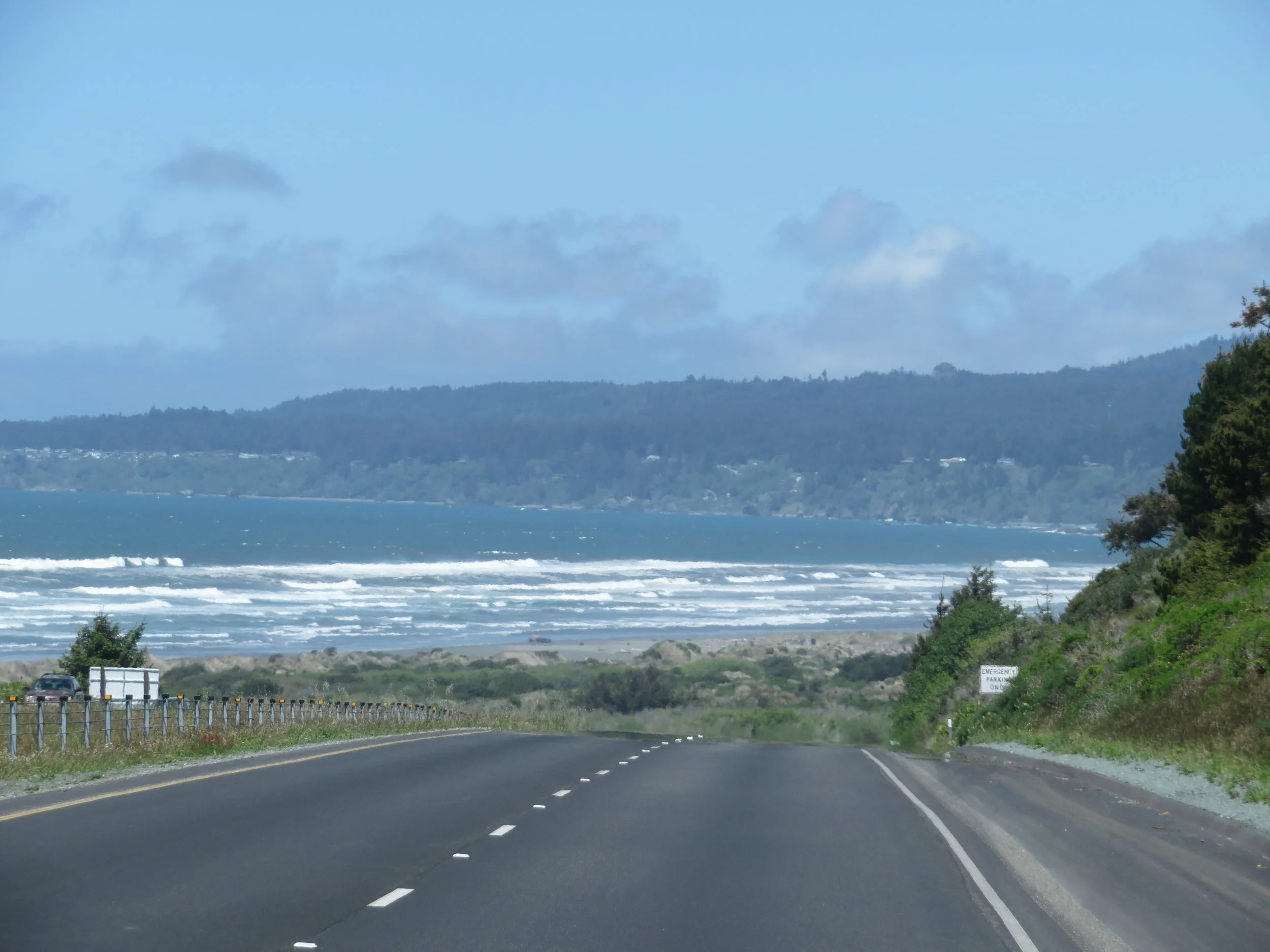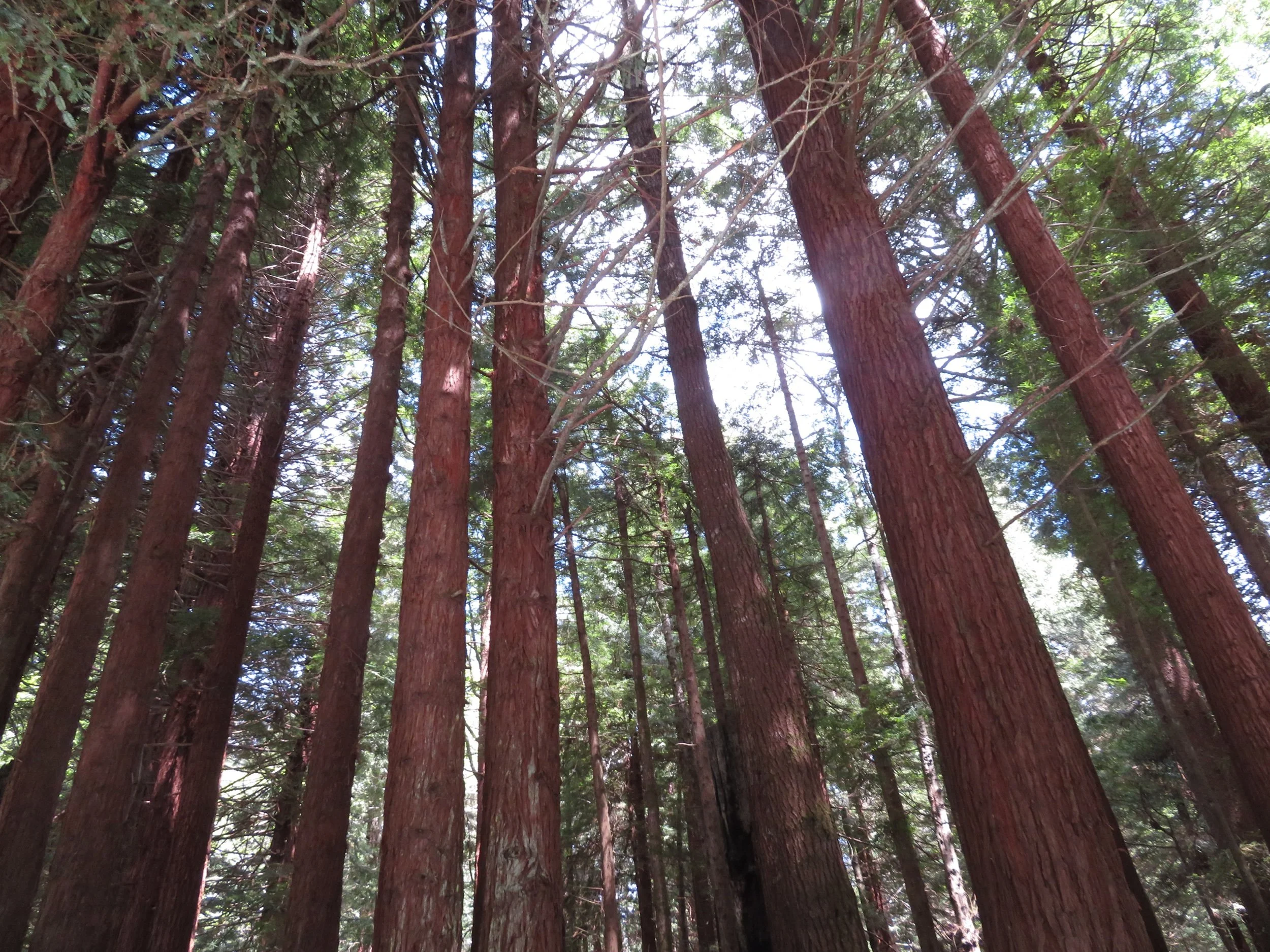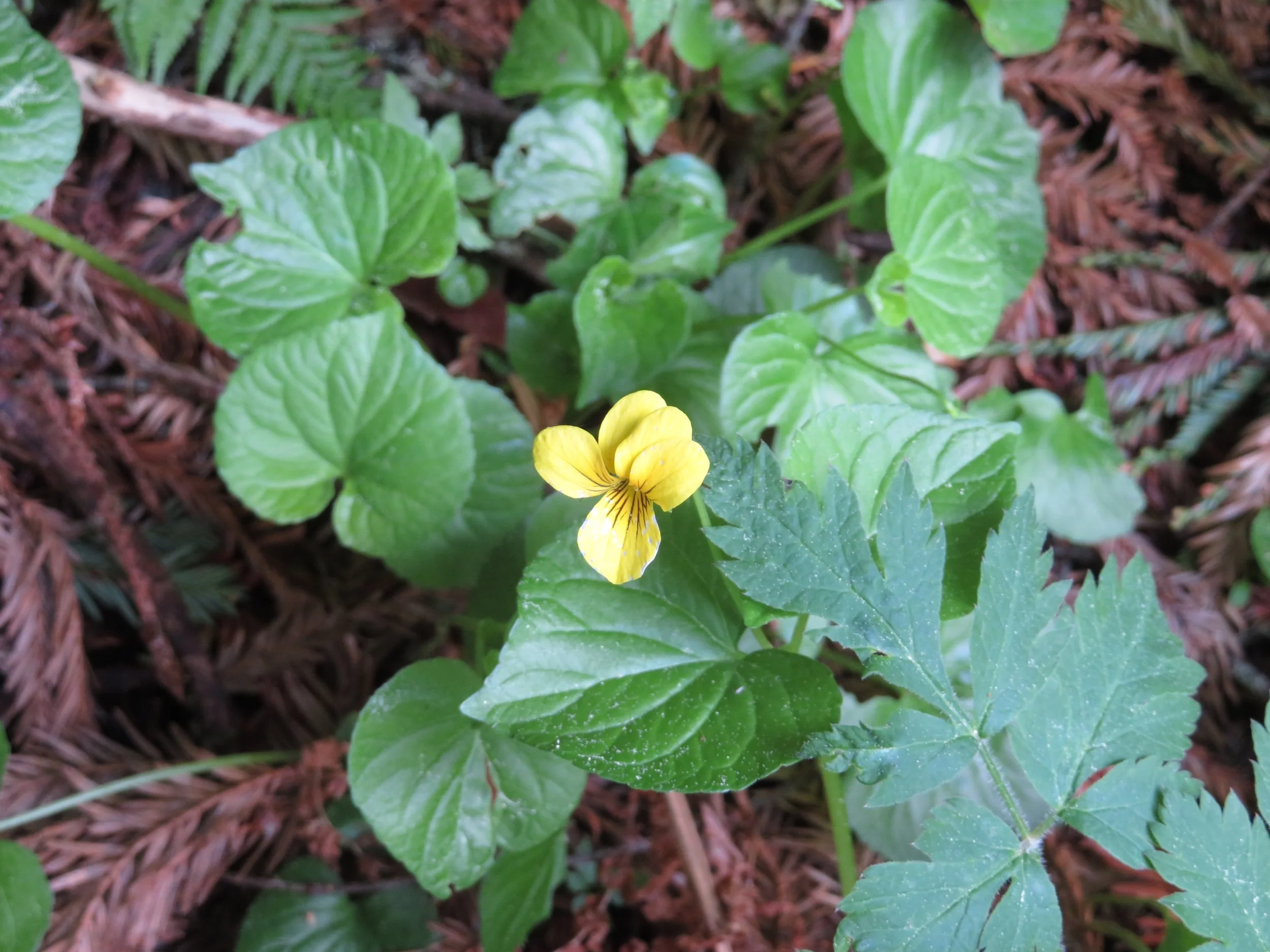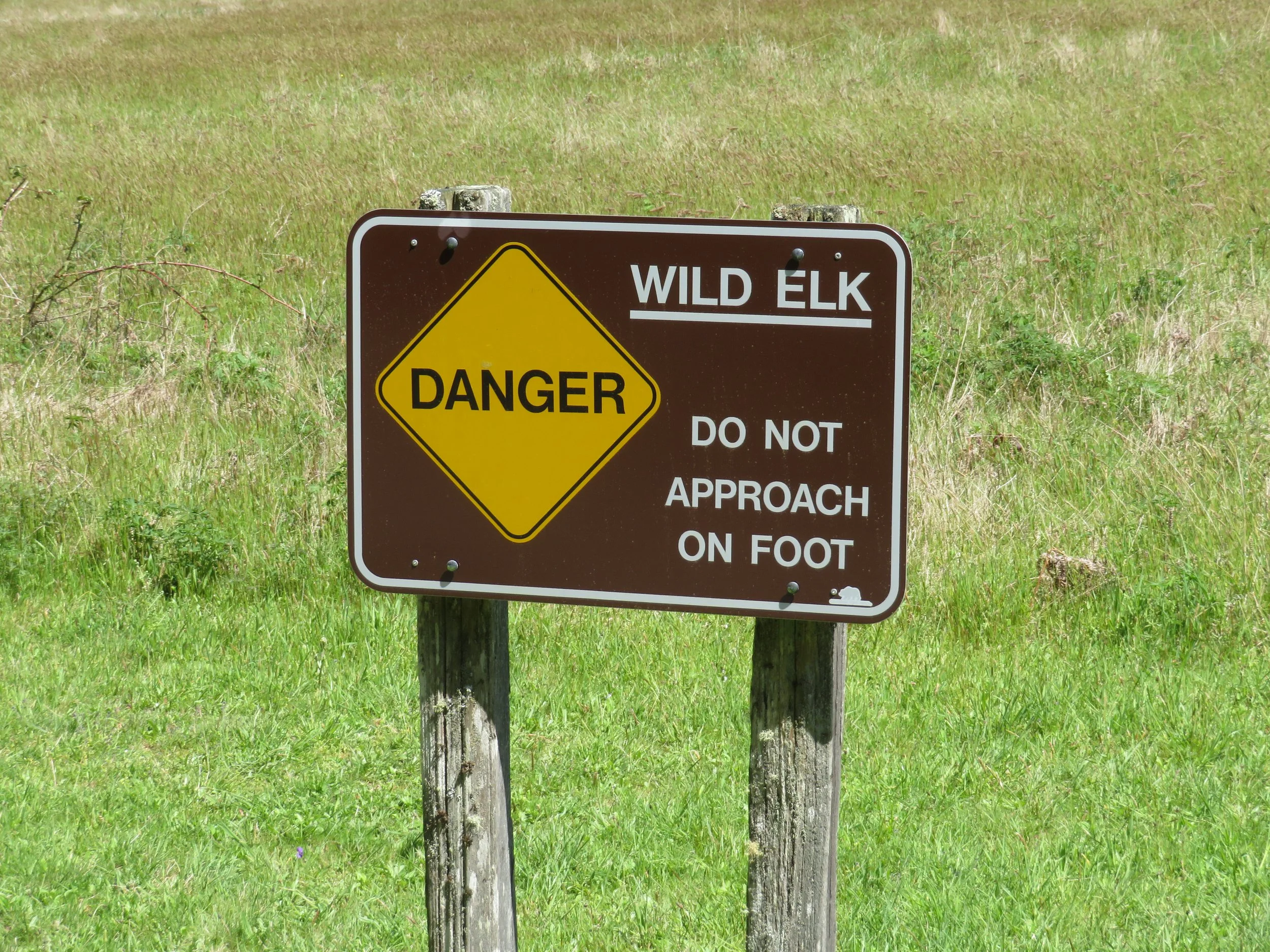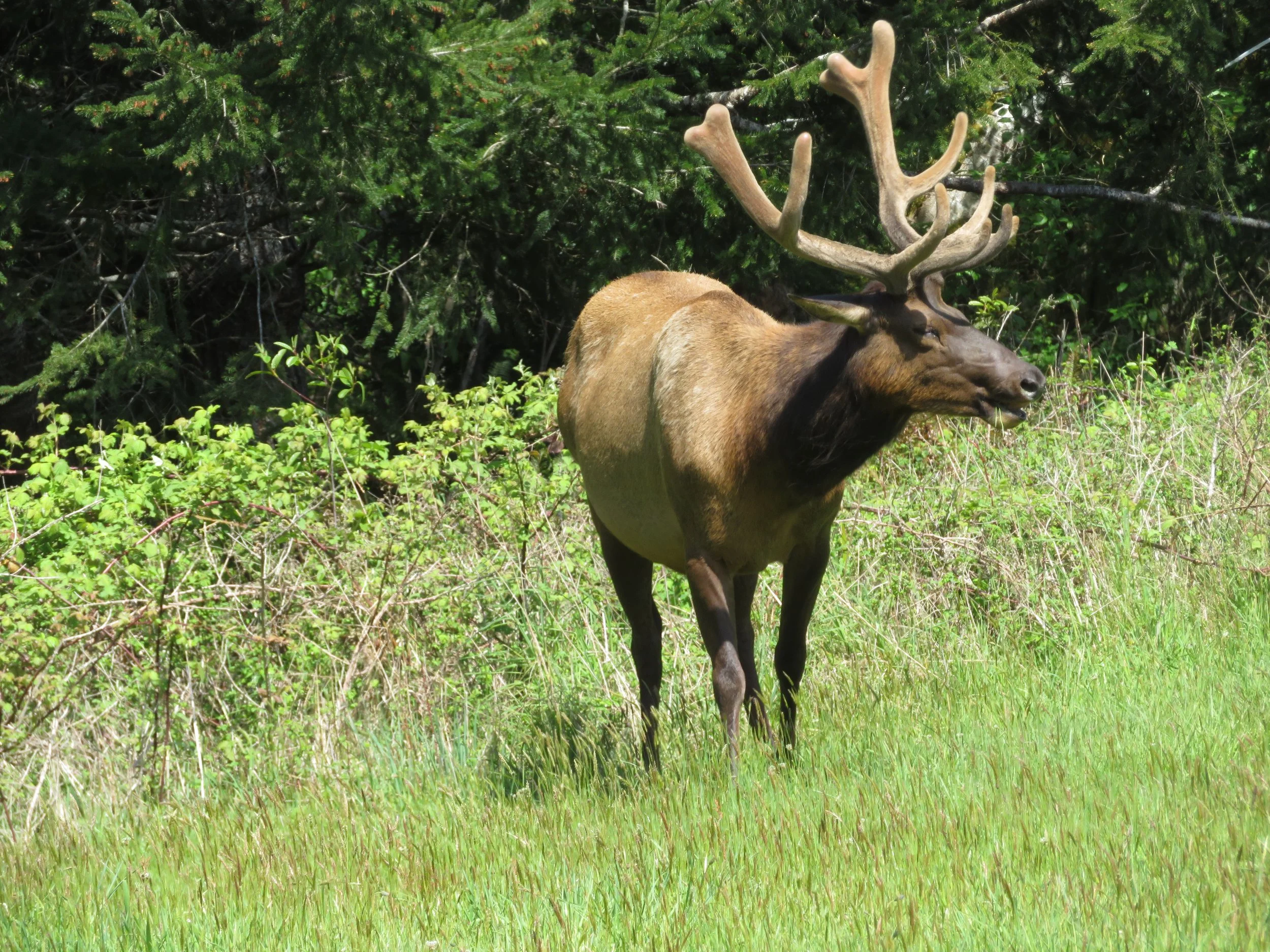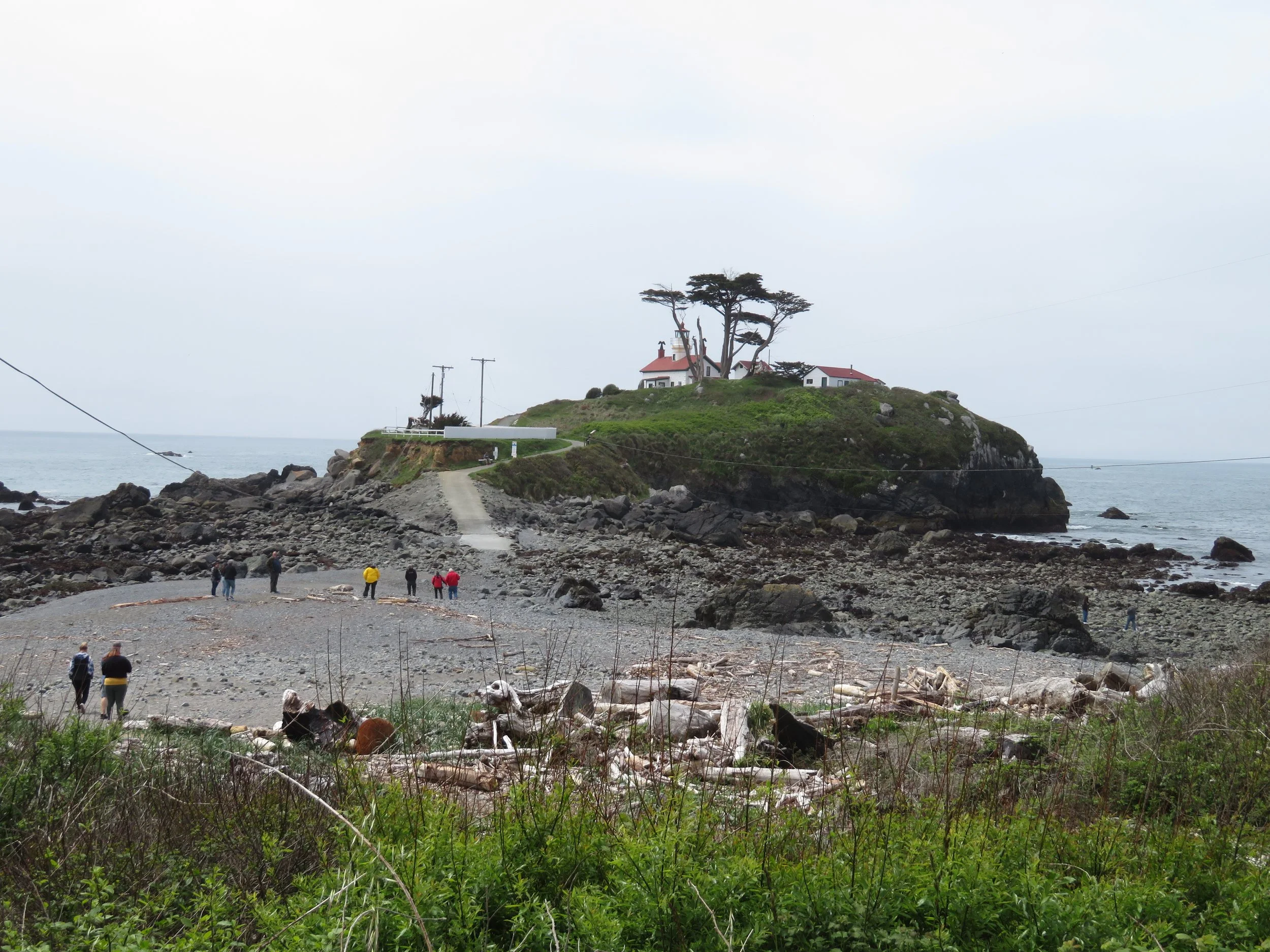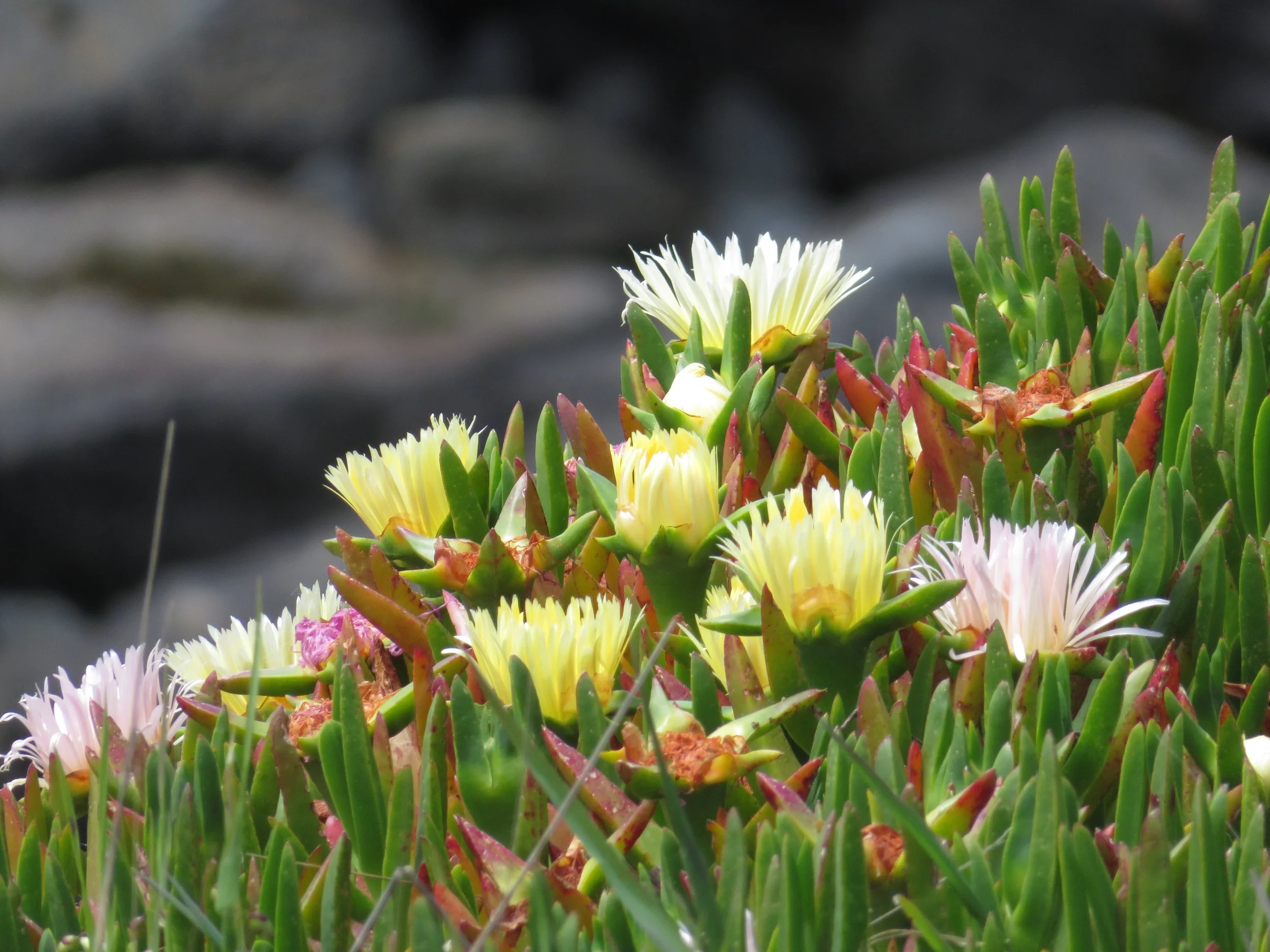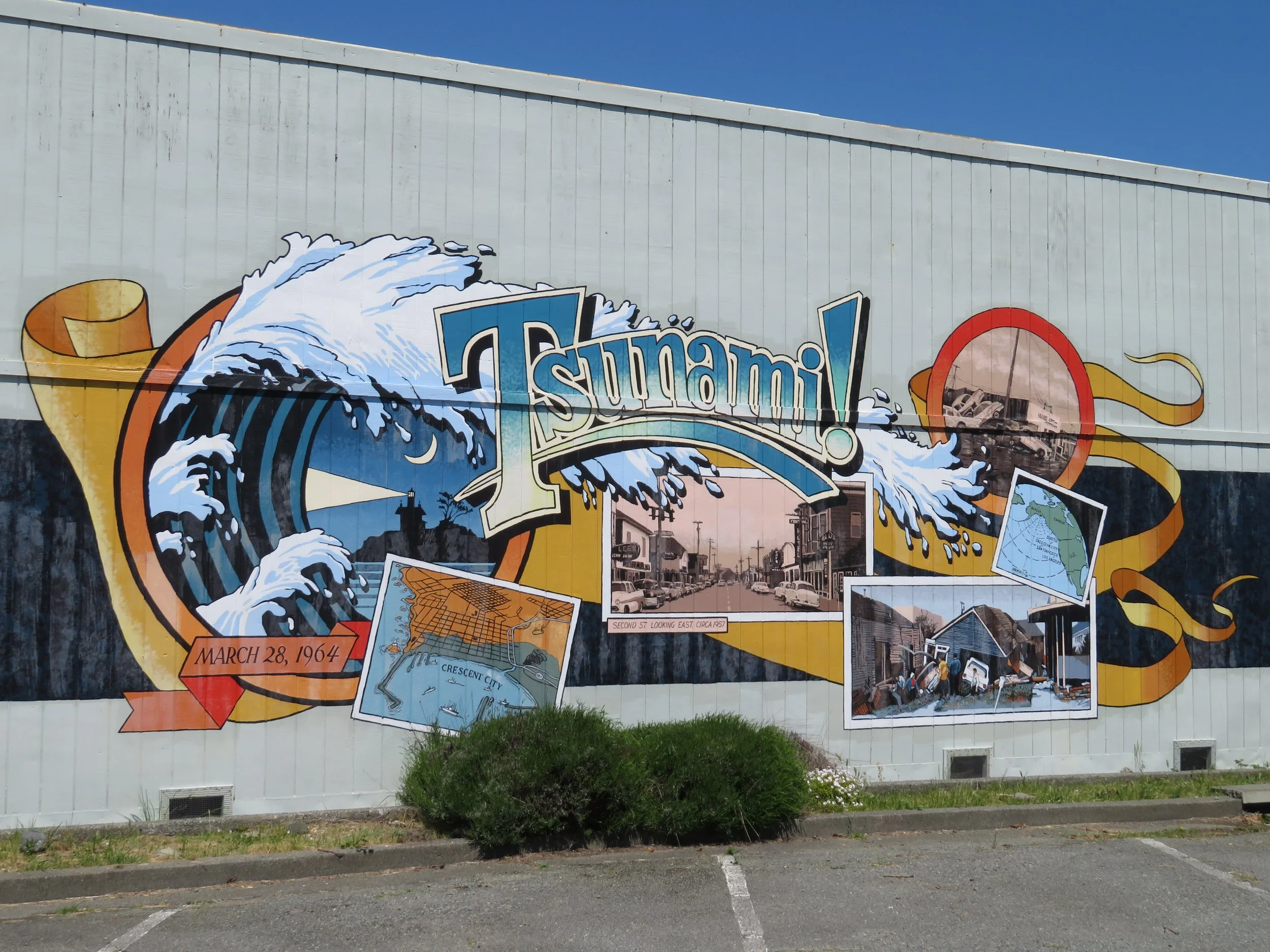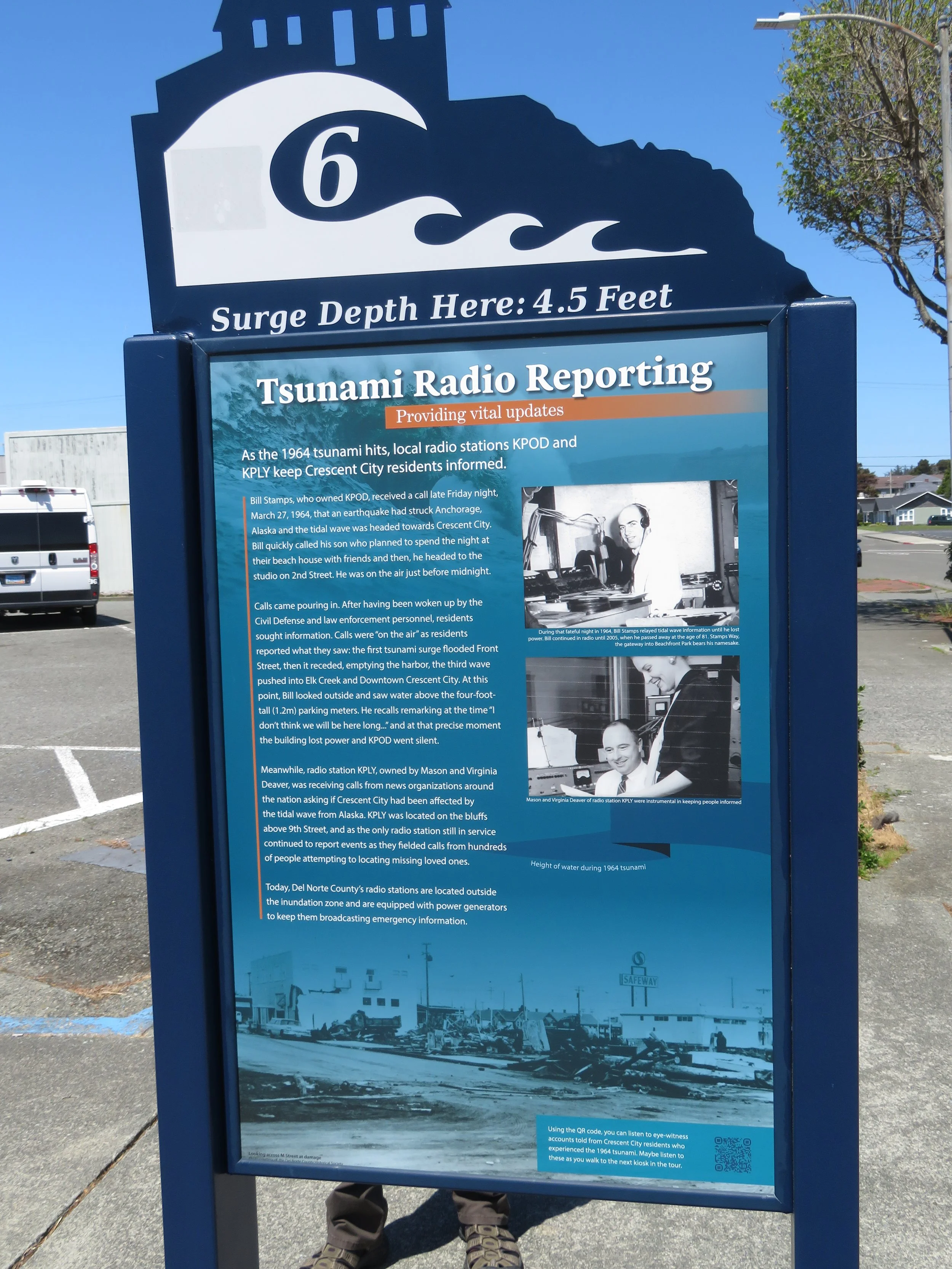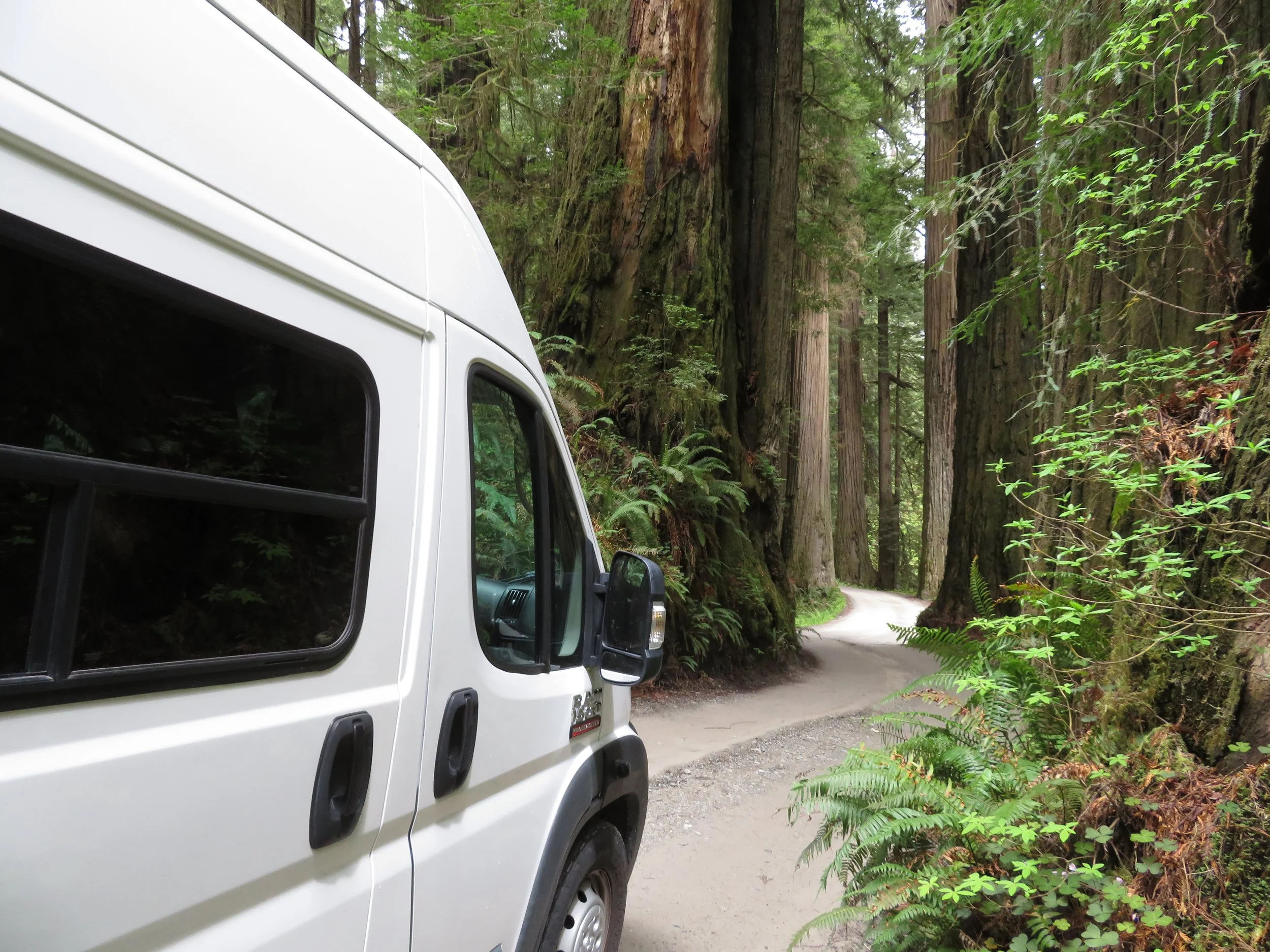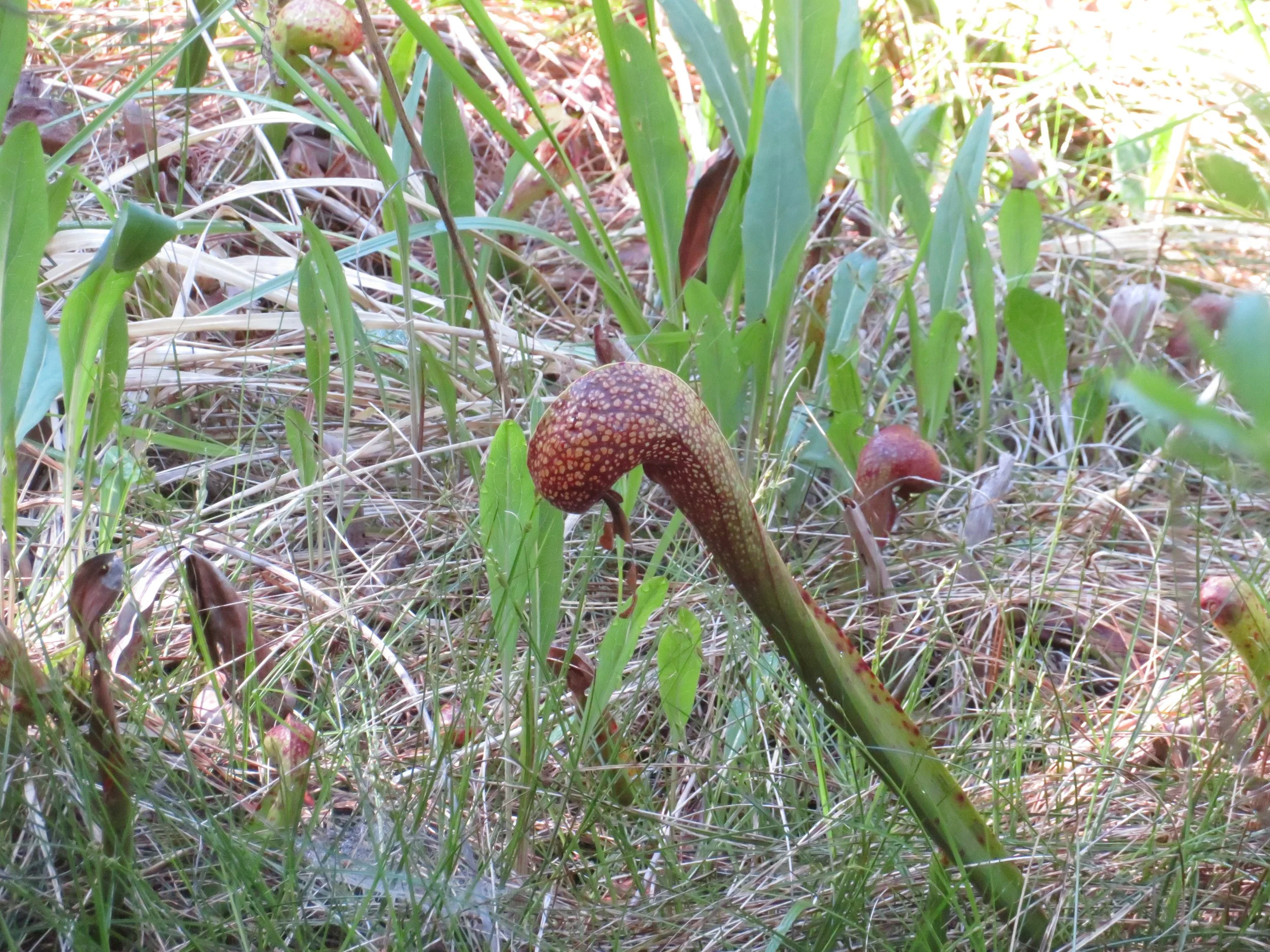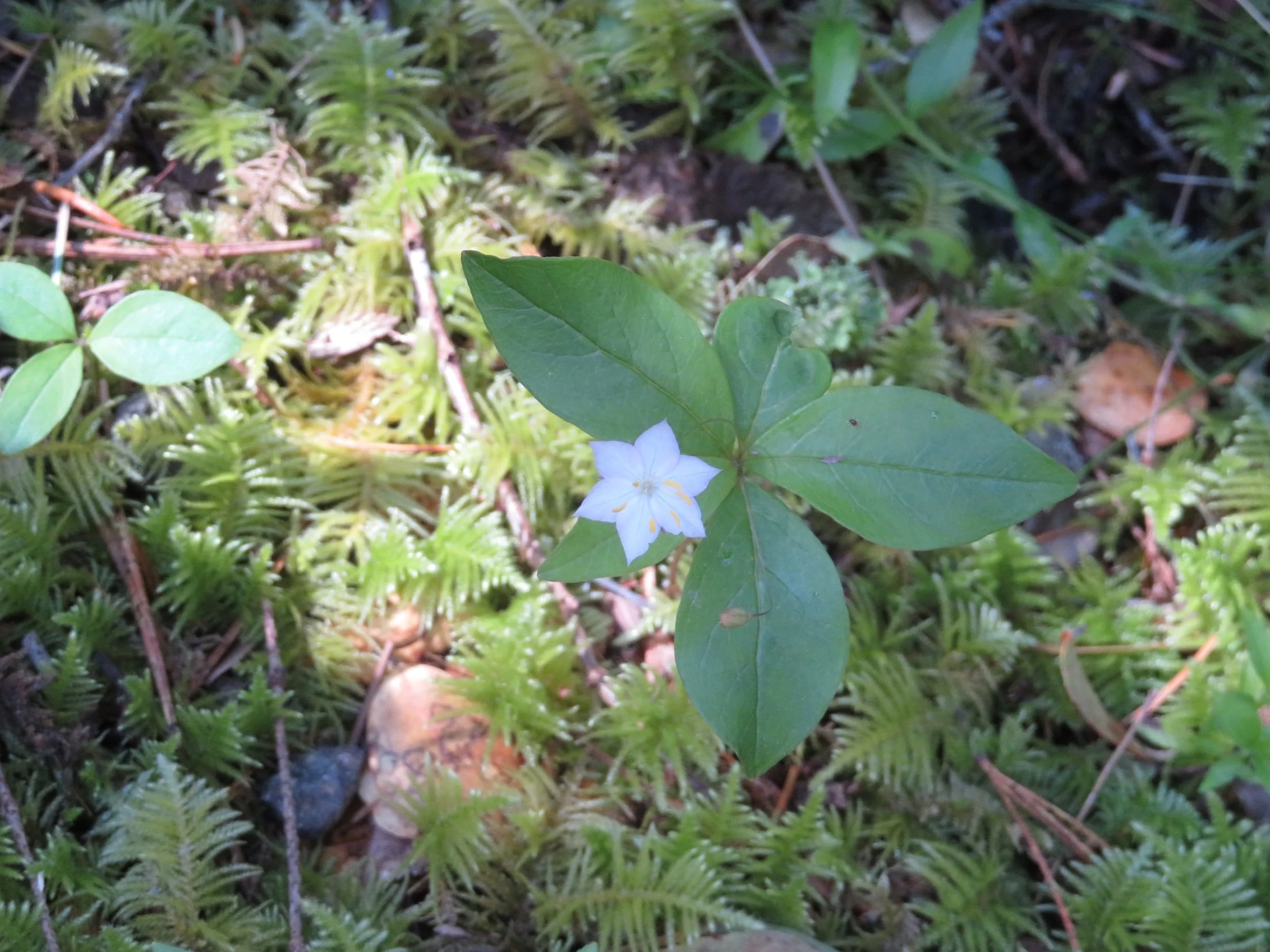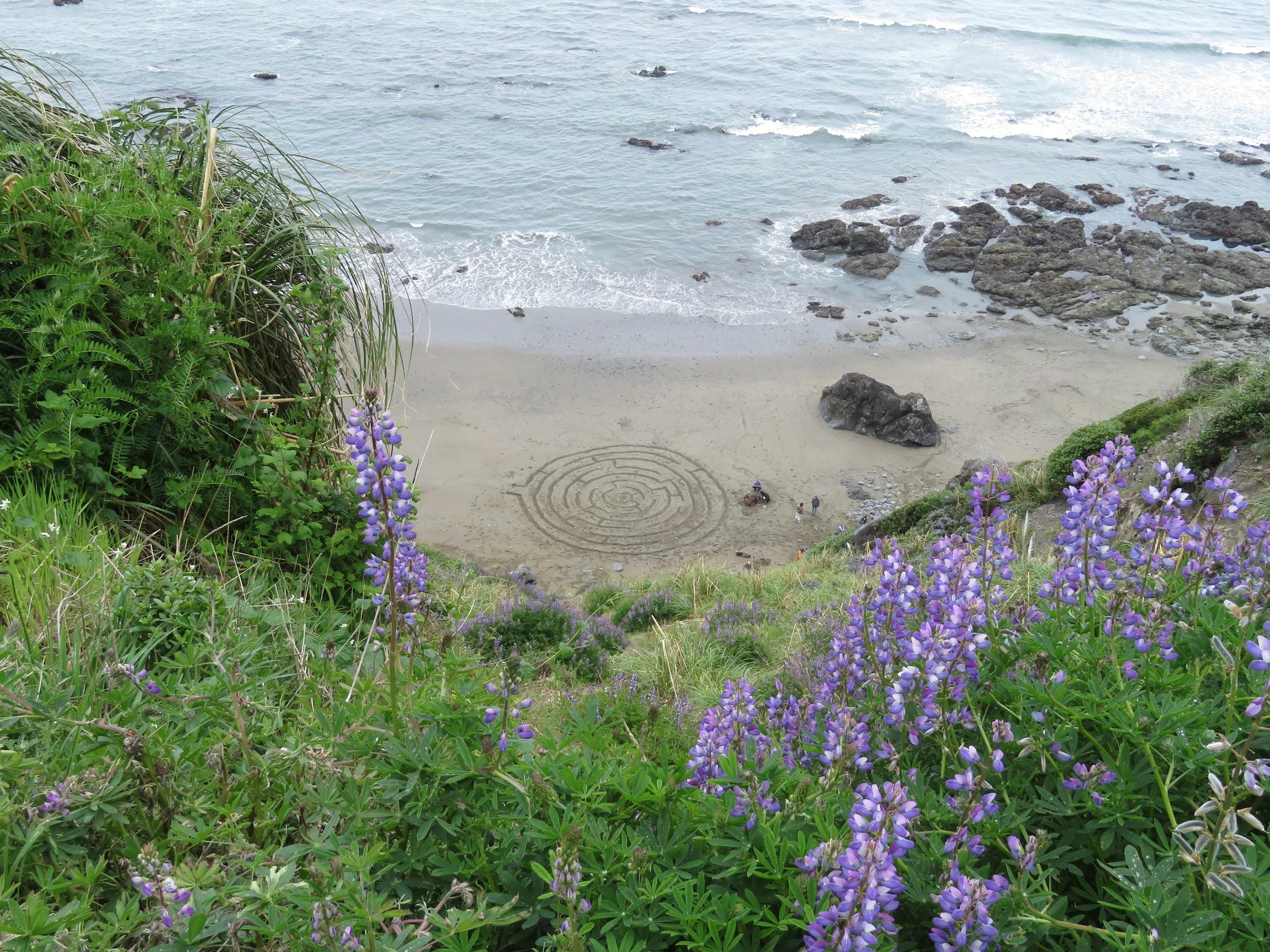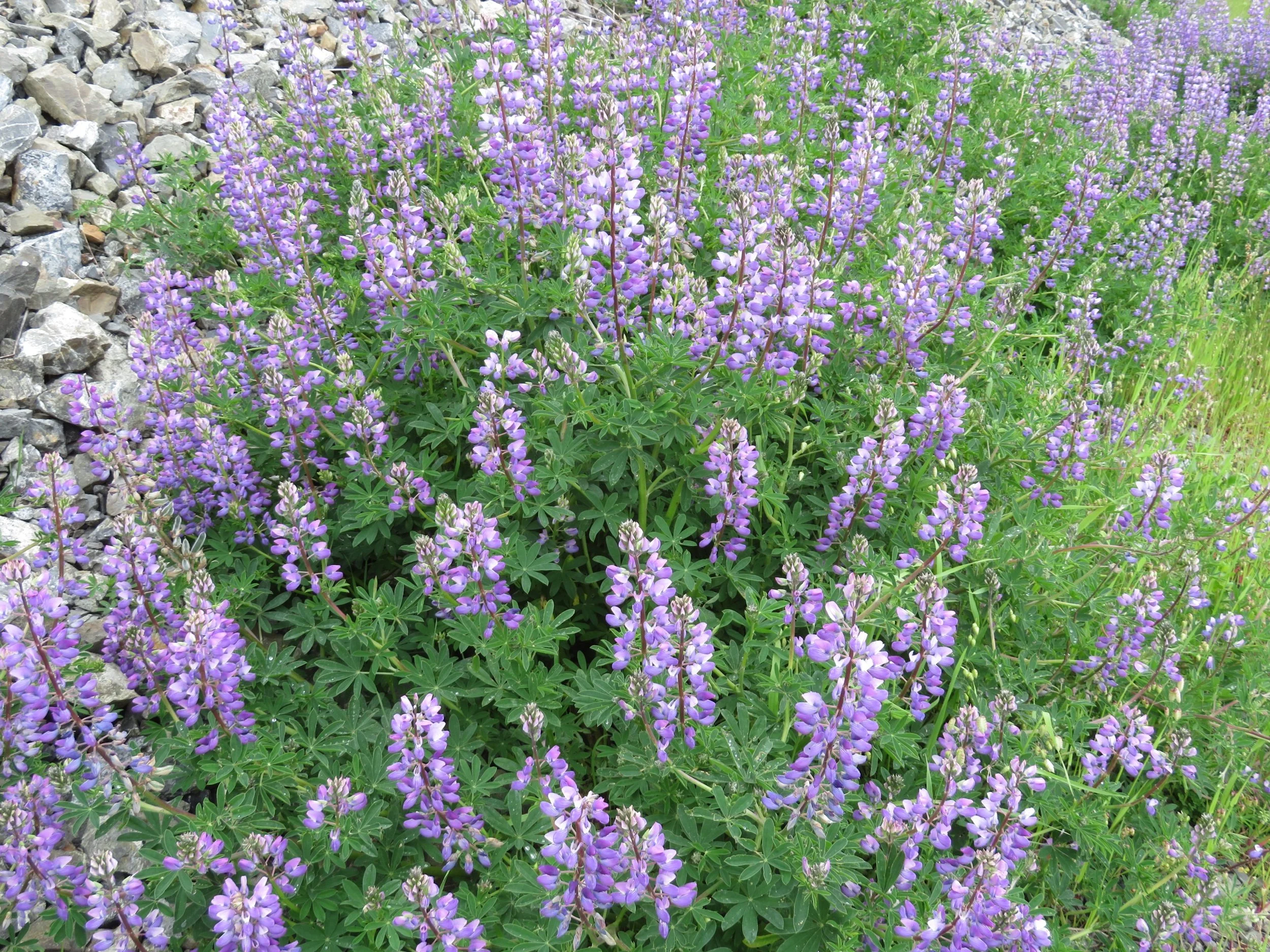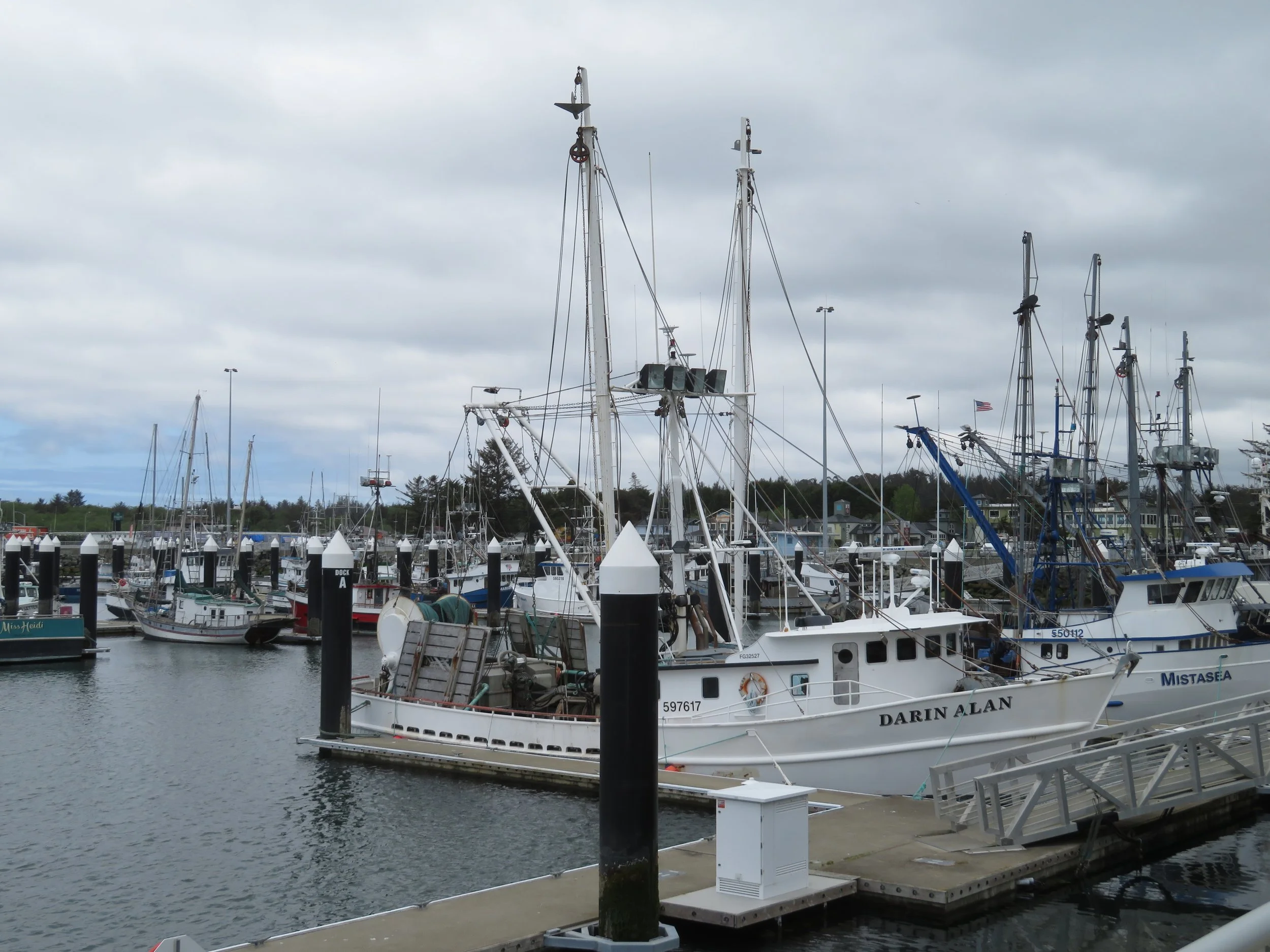North to Alaska - Redwoods National & State Parks
/Day 9 - First views of the Pacific
We woke to a cool but sunny day in the Shasta Campground. We walked a couple miles on the rail-trail again just to start the day, retraced our route across the Shasta Dam, and had a pleasant drive across the hills and valleys of the Klamath Mountain on the Trinity Heritage Scenic Byway (CA-299). Through old gold-mining towns, past logging and timber camps, we threaded our way up and over and past beautiful lakes and swift flowing white water rivers.
Not surprising… Paul Bunyan and his faithful blue ox, Babe, made yet another appearance.
We traveled through Willow Creek, the self-proclaimed ‘Bigfoot Capital of the World’.
We checked out the chainsaw carving of Bigfoot… not sure the big guy would approve.
We thought we’d check out more Bigfoot memorabilia, but museum was unfortunately closed.
We finally connected with US-101, the Pacific Coast Highway, and got our first views of Pacific Ocean.
We stopped for a leg stretch at the Trinidad Rest Area and wandered midst a grove of stately redwoods. Moss and ferns thrived in the moist, damp soil as did yellow stream violets, and Pacific bleeding hearts.
In Orick, we stopped briefly at the Redwoods National & State Parks Visitor Center Headquarters to get acquainted with the park and its facilities. The national park and three California state parks have joint responsibility for protection of the redwood forests in this area. In 1980, UNESCO designated the parks as a World Heritage Site and International Biosphere Reserve. Our national parks pass gets us into all the parks including the three associated state parks for free and also allows us reduced camping fees (50% off).
At the ranger’s suggestion, we took the scenic Newton B. Drury Parkway to check out the Elk Prairie campground in the Prairie Creek Redwoods State Park in hopes of snagging a campsite. No sites were available but the Roosevelt elk were at home… Roosevelt elk the largest of the species in North America and named after Teddy Roosevelt.
Back on the highway, David found us an available campground about 18 miles northeast of Crescent City. Though a ways out from civilization, this Six Rivers National Forest campground, Panther Flats, charged only $15/night ($7.50/night with our park pass). We figured the cost of the campground would more than cover the cost of gas back and forth to the sights we wanted to see. The campground had everything we needed… flush toilets, coin-operated showers (too cold to take one though), fire rings, fresh water, trash, and a picnic table. The campground was sparsely occupied, so we really had most of it to ourselves. All good except sadly, no cell coverage. Can’t have everything.
Day 10 - Crescent City, California - A Lighthouse and a Tsunami
On a cold, raw day, we headed out of Panther Flat back to Crescent City. It’s a beach-y sort of town with lots of hotels and motels, seaside restaurants, touristy stuff, and all the basic retail options. We headed first to Walmart for some supplies, then splurged on breakfast out and headed to the local visitor center.
An enthusiastic, very knowledgeable woman, Tandine, answered lots of our questions and provided a myriad of options for things to do in the area. Armed with brochures and maps, we headed first to the Battery Point Lighthouse, accessible only during low tide which happed to be - NOW!
A 5-minute drive and we parked Blanche and headed across a a rocky, tide-wracked isthmus to a steep, paved walkway up to the lighthouse. Built in 1856, Battery Point Light, was one of California’s first lighthouses, built on a tiny islet near the harbor entrance.
Though it was open, we passed on the tour and instead walked around the tiny islet enjoying the views, the fresh ocean air and the local flora… sea figs were in bloom and they were prolific.
The lighthouse survived the city’s 1964 tsunami caused by the Great Alaskan earthquake that registered 9.2 on the Richter scale. According to SFGate.com, “Of the three states on the West Coast, California — and especially Crescent City near the Oregon border — was the hardest hit by four tidal waves that arrived just before midnight. A monster swell flooded the town, killing 12 people and causing an estimated $15 million in damage.”
A self-guided tsunami tour map provides a route with markers on buildings designating the high water levels as well as interesting bits of information about the tsunami. We met a local woman, Linda, who was 10 in 1964 and remembered the tsunami vividly as ‘scary and exciting’ and remembers, too, how the town was totally obliterated. A local mural depicts it quite well.
One of the recommended scenic drives in the area is Howland Hill Road, a hard-packed, well-maintained dirt road that snakes its way on a serpentine route through part of Jedediah Smith Redwoods State Park. The route is narrow in sections and wanders through a forest of magnificent, regal primeval redwoods. Several trailheads begin along the route and we reckoned we’d be back in a couple of days to walk a few of them.
Our plans for grilled salmon and corn on the cob fizzled when it was so cold and damp back at the campsite, we decided a better option was hot soup with cheese and crackers. We made use of our new microwave and stayed cozy inside Blanche for the evening.
Day 11 - Carnivorous Plants and Seaside Walks
About a mile east of the Panther Flat campground is a short botanical trail that we’d heard was known for its carnivorous plants. How could we pass that up? The short trail did not disappoint. About a 1/2 mile from the parking lot, we came to a bog of Darlingtonia, i.e. California pitcher plants… lots of them.
They’re odd-looking, almost other-worldly. They’re also known as cobra lilies and looking closely at a few of them, it’s easy to see why.
Also along the trail, we found Fernald iris, bear grass and western star flowers.
This was our first sunny day in a while, but still cool and breezy. David was feeling like a cold was coming on, so we decided short walks and local exploring might be a good plan.
We drove to Pebble Beach and walked for a bit. Sea stacks poked sharply out of the water. The Castle Rock Wildlife Refuge is a larger islet off the coast which serves as a bird rookery as well as home to seals and sea lions. We couldn’t see any critters from shore, but we certainly heard the barks of the raucous sea lions.
The Crescent Beach Overlook was next and we walked a distance on the Pacific Coast Trail. The views as we looked out over the coast were awesome. The views down below on the beach were interesting, too!
Lupine were in bloom… everywhere! The sweet smell of blue blossom, however, was what really got our attention. Wish I could post a ‘smell’.
Lastly, we stopped at Crescent Beach Harbor, probably more out of habit than anything. We still enjoy the sights and sounds of a working harbor. Crab pots were stacked up. One fisherman was cleaning out a chum barrel and another was mending a net.
A mermaid chainsaw sculpture sat serenely watching over the boats.
We headed back to the campground where we finally managed to grill our salmon and corn. Yum! Next, we’ll head to Del Norte Coast Redwoods State Park for a camping night in the park before heading north to Oregon, continuing along the Pacific Coast Highway. Come along!



